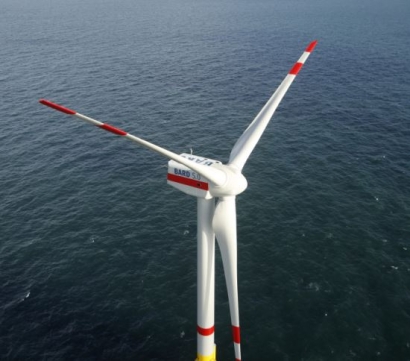
Competition in the global market will continue to be fierce, forcing original equipment manufacturers (OEMs) to continually innovate and create bigger and better wind turbines to stand out from the crowd. Between 1999 and 2015, average rotor diameters rose by 113 percent to 335 feet, translating into a 355 percent growth in rotor swept area, according to an article in New Energy Update.
There are challenges on the technical front to creating and installing monumentally tall towers and longer blades.
The biggest technical hurdle for the offshore wind farms involves increasing the length of the turbine blades without putting too much strain on the structure which is built on a platform fastened to the seabed.
Increased rotor diameter and hub heights raise transportation and logistics costs. Wind turbine blades longer than 174 feet present a transportation obstacle due to the large turning radius required to navigate corners or curves on roads and railways, the Department of Energy said in a 2015 report.
The article in New Energy Update also pointed out another key challenge for developers is procuring the large cranes required to lift the nacelle onto the tower. There are a limited number of the largest cranes, especially in regions with little wind energy development, or areas with high demand from other construction sectors.
"The availability, scheduling, and logistics of the larger crane classes required to lift progressively larger wind turbine nacelles onto taller towers is increasingly challenging," the DoE said in its report.
However, future innovations in the transportation, installation and operations of larger wind turbines will create new revenue streams for developers and could also boost the US manufacturing industry.
For additional information:

